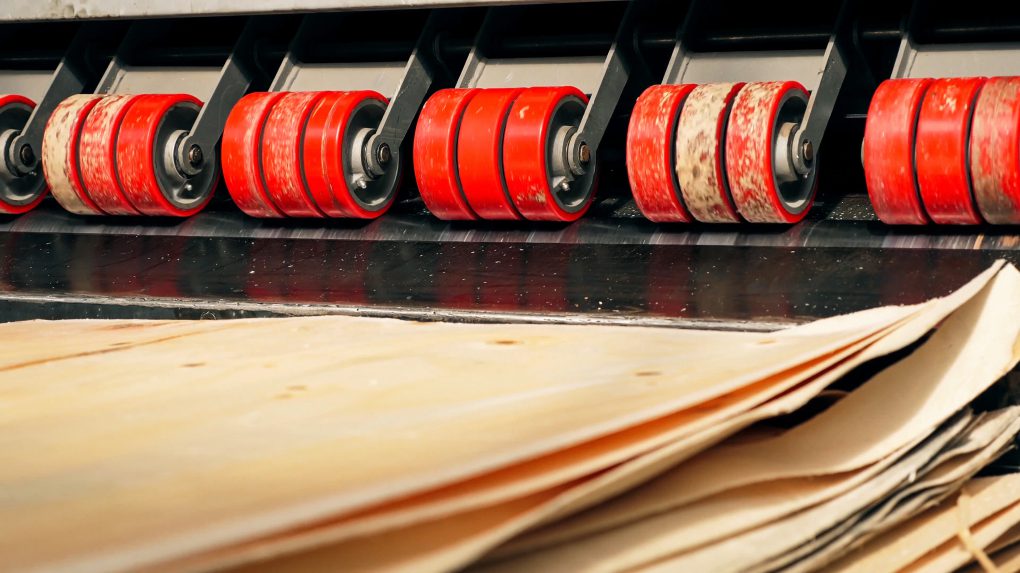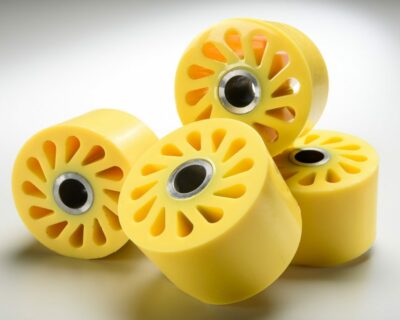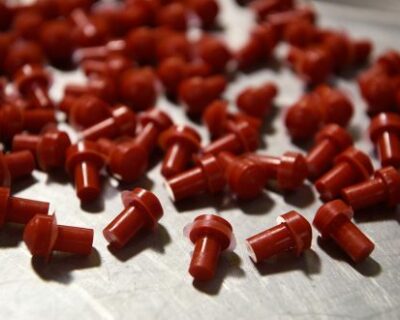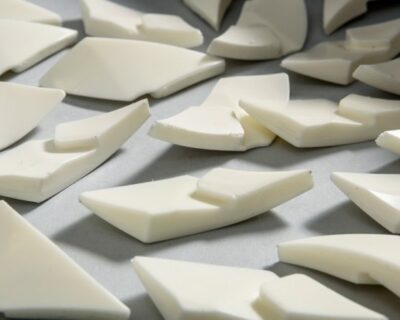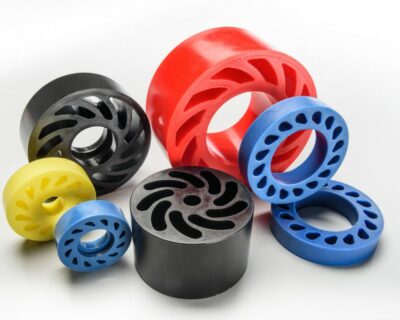Many of the questions we receive from manufacturers, engineers, and production managers start like this:
“We have a high wear application. We’re burning through the polyurethane too fast, and it’s getting too hot. Can you help us figure out the issue?”
Or, maybe we receive an email that reads something like this:
“We’re going to send you a video of urethane covered bearings on the line so that you can see the problem. We need your help in determining the fix.”
Often, people think it’s simply a matter of durometer – maybe all they need is a harder or softer urethane – and viola! problem solved. Unfortunately, solving a problem by changing material hardness isn’t always the solution, as noted in this email we received:
“The urethane roller is creasing the material incorrectly. Changing durometer didn’t work.”
As we discussed in our Custom Formulation FAQ, to solve customers’ unique challenges, we need to know the full story – such as the environment where the part lives or operates, if there’s abrasion or high load, or even if it’s a food application (to name just a few things).
And sometimes, even with all this information, we need to do a little more digging. If this is the case, we can do the following:
Step #1: Send it out for analysis
For the customer who sent us a video of the wheels in operation, we could see the problem, but we weren’t sure what was causing it – plus, we weren’t the original manufacturer of the wheel, so we didn’t know if material formulation was part of the issue.
As a first step, we sent the material out for analysis to determine what type of material it was (e.g. polyester, PTMEG, MBOCA-cured, etc.) Our analysis firm used FTIR (Fourier Transform Infrared) spectroscopy, which is basically shooting a beam of light at a sample and seeing how much of that light is absorbed by the sample — except with FTIR, you’re shooting many different frequencies at once and with the help of computers, turning all that data into a nice spectra (graph of absorbance vs. type of light).
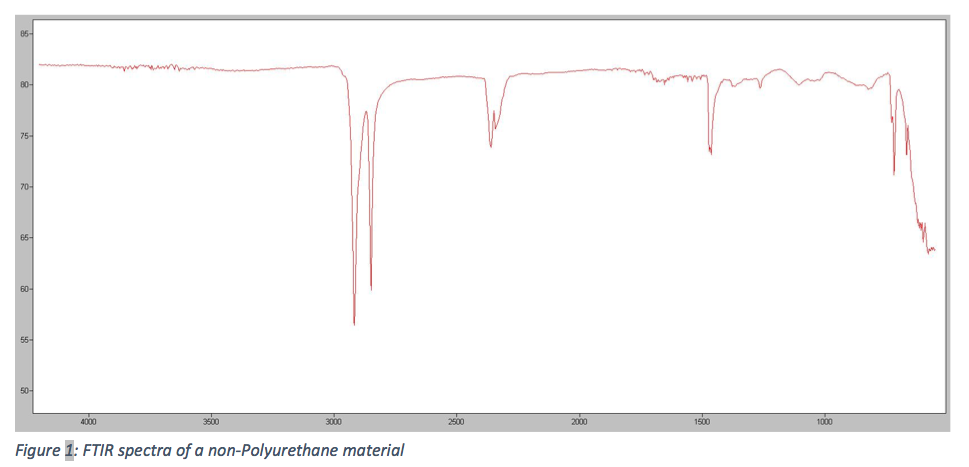
Based on where the peaks are, the material analysis team can determine what type of material it is. Each type of bond absorbs light in different ways. In the Figure 2 graph of a polyurethane material, one of the characteristic peaks is found at about 1700 (x-axis), which denotes the carbon-oxygen bond in the urethane linkage.
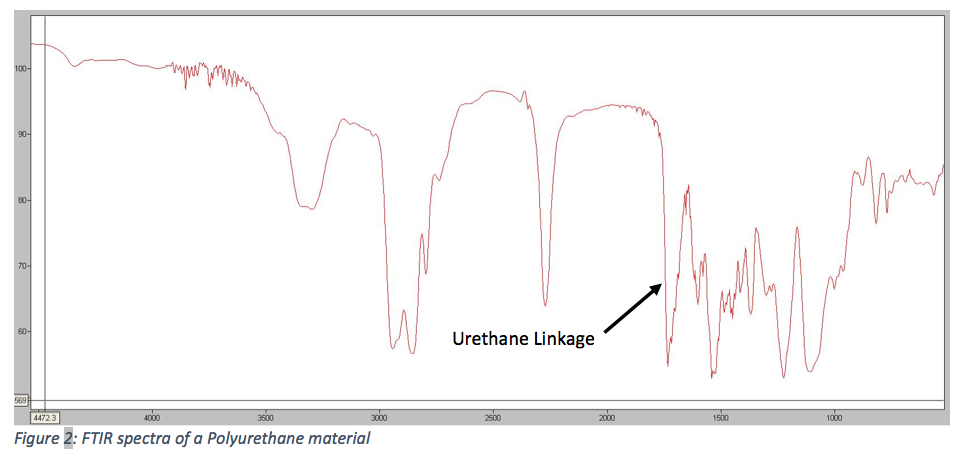
Using this type of analysis helps us determine the exact chemical breakdown of our customer’s wheels. This information, coupled with the video plus other data provided, proved to be the “a ha!”
Step #2: Provide a prototype
Working with the customer, our engineers created new prototype wheels for use on the production line. We recommended that the prototypes be a different color in order to make it easier for the customer to differentiate the prototype wheels from the others on the line.
The customer used the new wheels for a few weeks and made notes, plus filmed their performance. UI used this feedback to make recommended changes to the customer-supplied CAD file as well as our own internal tweaks to the mold and the urethane formulation.
The prototyping process can take a few weeks or a couple of months, depending on the issue that needs to be solved. The more information we have, the faster we’re able to solve the problem.
Covering the lithium-ion battery in the photo below, for example, without damaging it, took a number of prototypes to be sure everything was just as the customer required. We had to ensure the urethane blend didn’t harm the battery nor degrade the charge during casting.
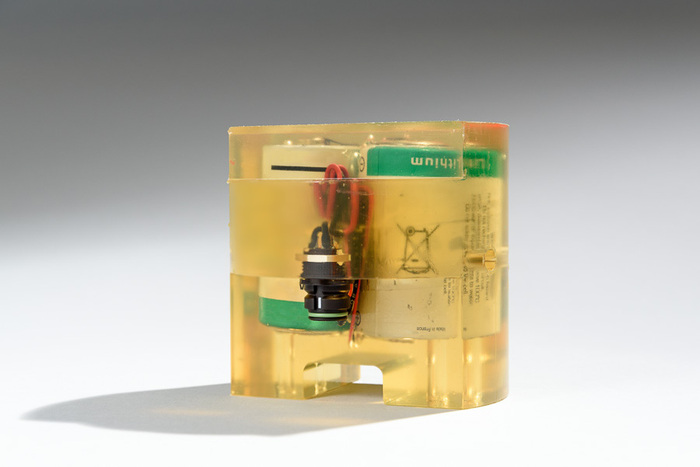
Step #3: Problem solved! Time for production
Getting back to our original customer and his wheels, once he was satisfied with the prototype, he then approved volume production of the wheels – which is where we are today.
And that, in a (very simplified) nutshell, is how we solve some of the problems that companies bring to us.
Do you have a roller, wheel or covered bearing that’s throwing your production line out of whack?
Or maybe you’re experiencing too much down time, or any other one of a dozen issues we encounter regularly.
Whatever your challenge, we may be able to solve it for you. Before contacting us, take a few minutes to gather some information:
- Type and size of part
- Material (e.g. urethane, rubber, neoprene, etc.)
- Application type (high wear, high load, material handling, etc.)
- Problem you’re seeing
- Video or photos
- Drawings (if available)
- Solutions you’ve tried already and why they didn’t work
Then, give us call or send an email. Our engineers are happy to assist you.




